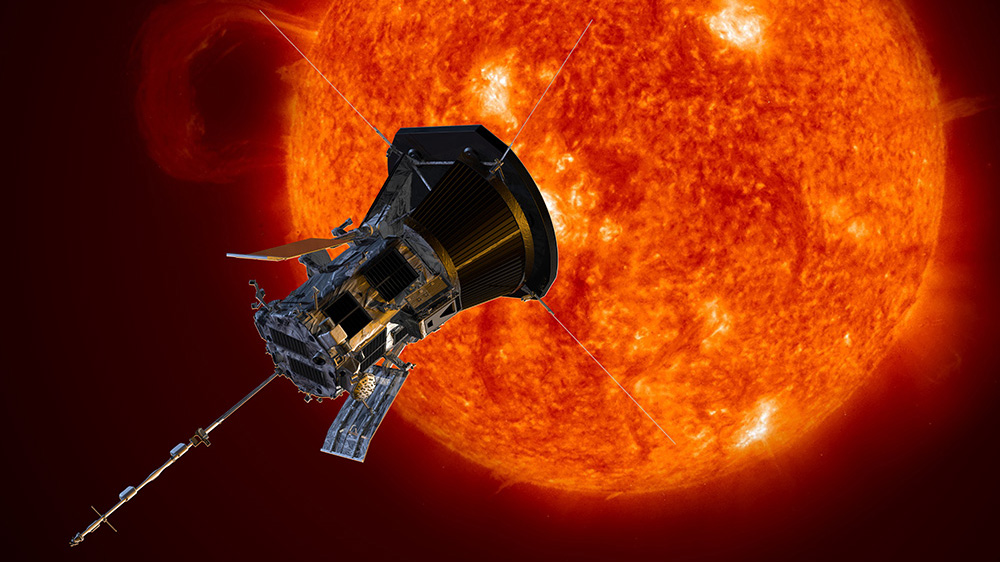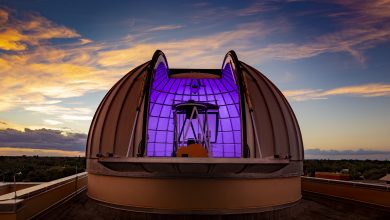Ahead of Solar Eclipse, Florida Tech Hosts Sun Talk March 18
Project Scientist for NASA’s Parker Solar Probe Offers Insights, Achievements from Historic Mission
MELBOURNE, FLA. — Nour Rawafi, an astrophysicist and senior scientist at Johns Hopkins Applied Physics Lab and project scientist for NASA’s Parker Solar Probe mission, will offer a free public lecture on March 18 highlighting some of the discoveries that have deepened our understanding of the solar corona, solar wind and other phenomena.
Rawafi will present, “Extreme Exploration: Going Above and Beyond in Unraveling the Mysteries of the Sun and its Environment.” The spring 2024 installment of Florida Tech’s Ortega Public Science Lecture, presented by the team at the Ortega Observatory, begins at 7 p.m. at the Gleason Performing Arts Center on campus.
Since its launch on Aug. 12, 2018, the Parker Solar Probe has completed 18 of its scheduled 24 orbits around the Sun. Venturing into the immediate atmosphere of the Sun, it has been pushing the boundaries of scientific exploration. On Christmas Eve later this year, the craft will make history by flying closest to the star ever, an estimated 3.8 million miles from the surface.
That distance is about seven times closer than the current record-holder, the Helios 2 spacecraft, which came within 27 million miles in 1976, according to NASA. Protected by a 4.5-inch-thick carbon-composite shield, the Parker probe is expected to survive temperatures approaching 1,400-degrees Celsius (2,552 degrees Fahrenheit).
Already, according to Rawafi, this daring mission has revolutionized our understanding of the perplexing phenomena of the solar corona and astrophysics: the enigmatic process of coronal heating, solar wind acceleration, and energization of hazardous solar radiation.
These findings are of particular significance to Florida Tech’s Jean Carlos Perez, associate professor and program chair in physics and space sciences. A five-year National Science Foundation grant awarded in 2018 is helping to fund his work on the theoretical understanding of solar wind turbulence near the Sun.
In particular, Perez’s work involves understanding the role plasma turbulence has in the heating of the solar corona, which is the 12,000-mile-high ring of superhot plasma that comprises the upper solar atmosphere. The corona is intriguing because it is far hotter, at about 1 million degrees Celsius (1.8 million Fahrenheit), than the 5,000-degree Celsius (9,032 Fahrenheit) surface of the Sun.
In addition to providing an overview the Parker Solar Probe mission, Rawafi will offer a synopsis of forthcoming space missions such as Firefly that will delve even deeper into the innerworkings of the Sun.





